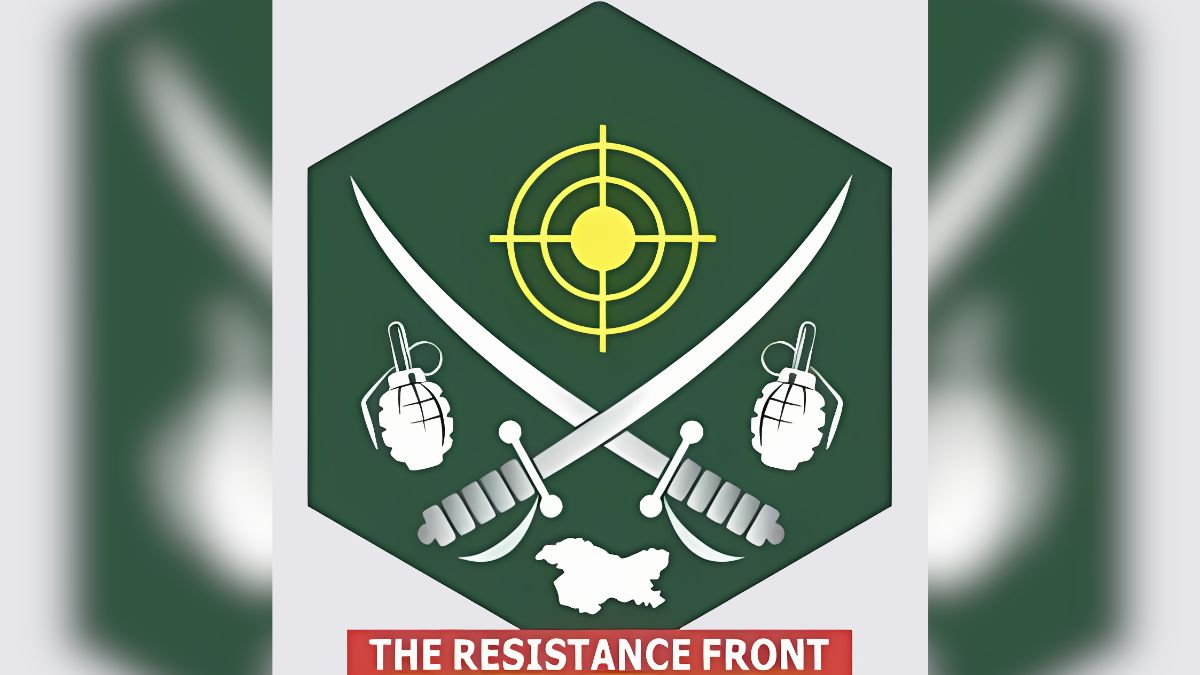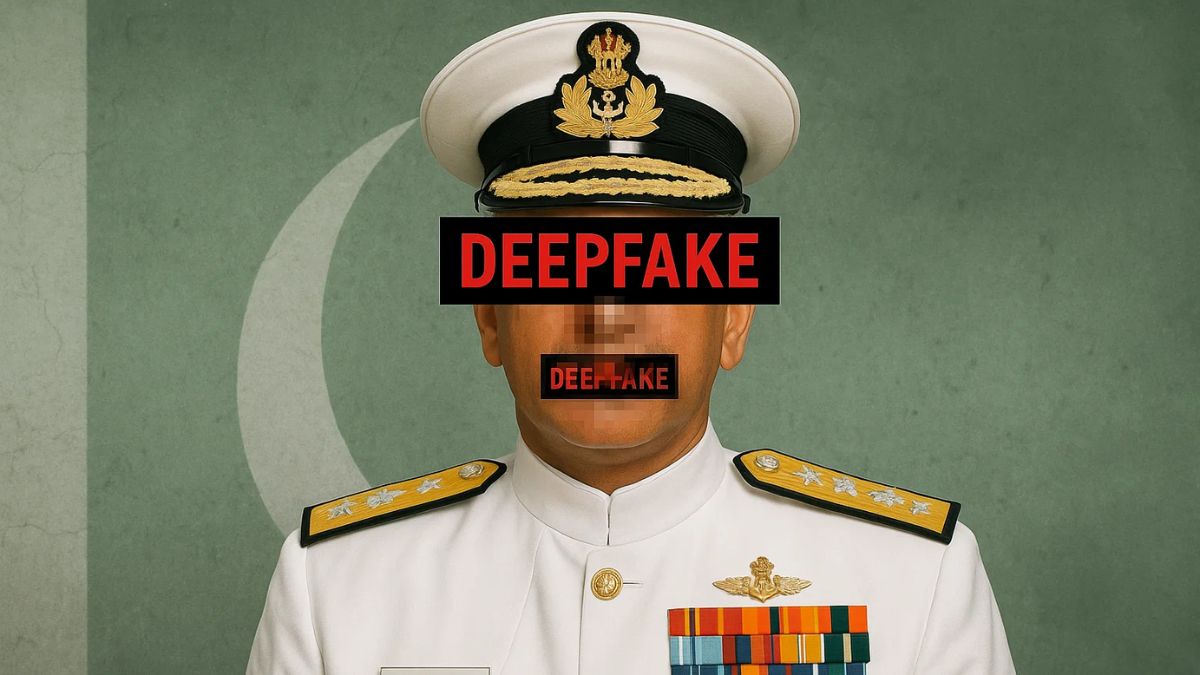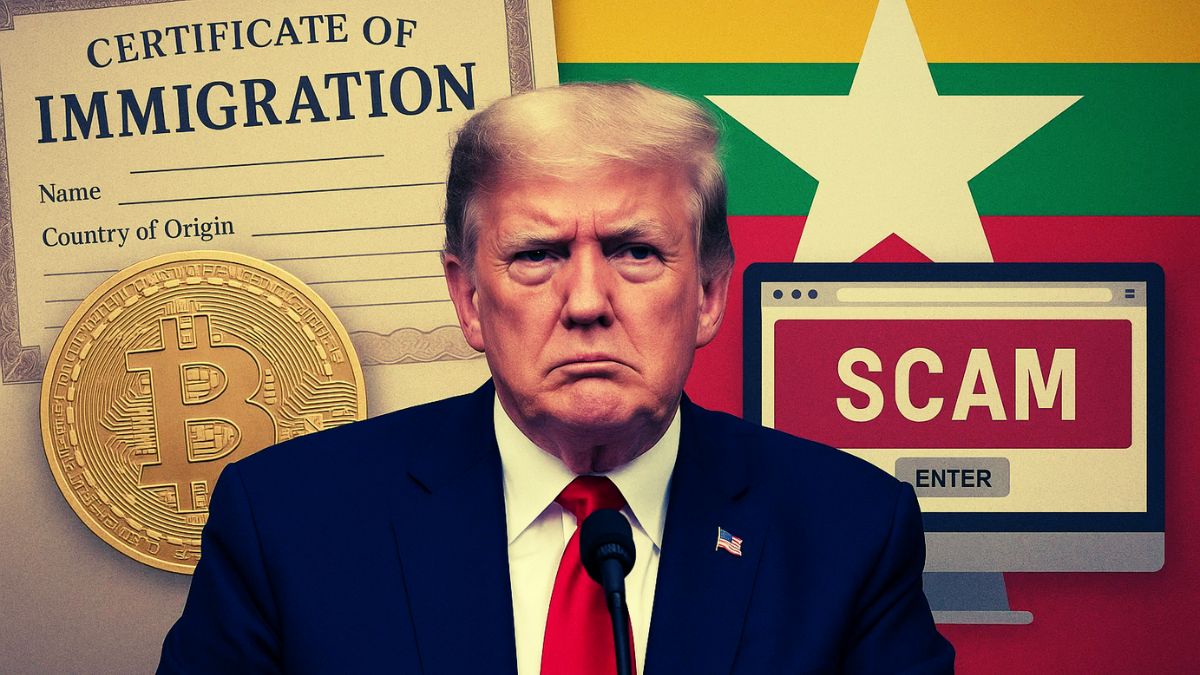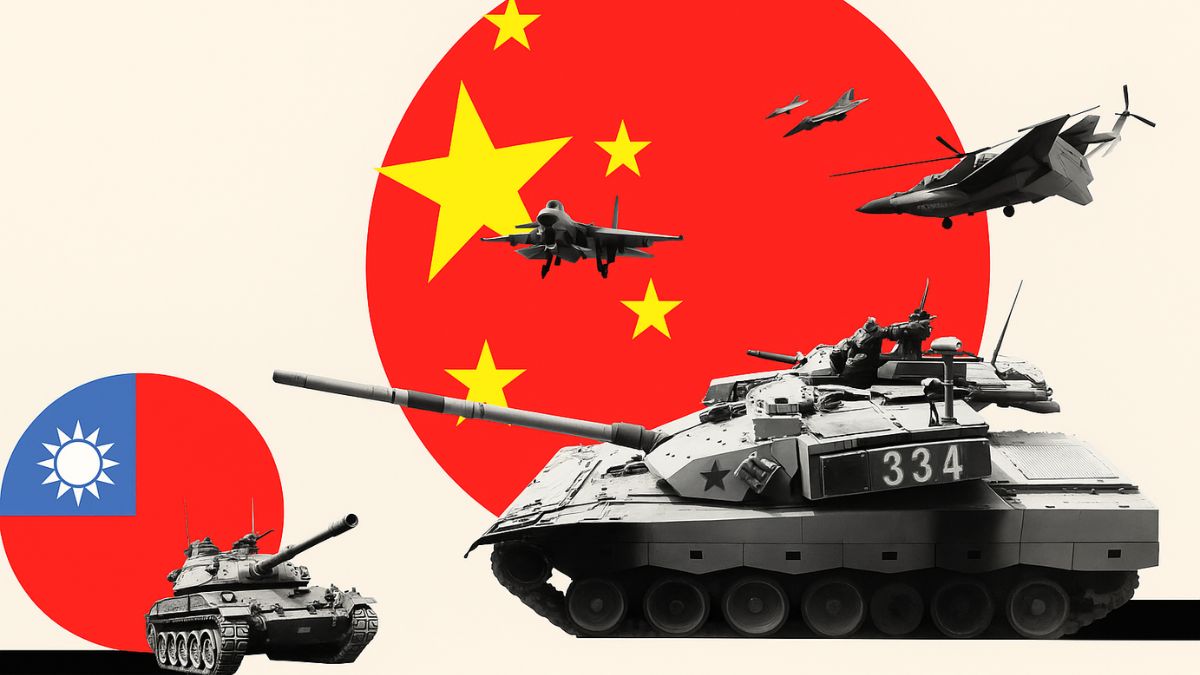After US Terror Designation Of TRF, Pakistan Rebranding Proxy As TTK To Target Kashmir: Intel

Image courtesy: Wikimedia Commons
In the wake of Washington’s decision to designate The Resistance Front (TRF) as a Foreign Terrorist Organisation (FTO) and Specially Designated Global Terrorist (SDGT), Indian intelligence agencies warn that Pakistan is orchestrating the emergence of a new terror proxy—Tehreek-e-Taliban Kashmir (TTK)—to sustain its destabilisation campaign in Jammu and Kashmir. The move is seen as a continuation of Islamabad’s hybrid warfare strategy, which combines kinetic attacks with a sophisticated online propaganda apparatus.
TRF, a Lashkar-e-Taiba (LeT) front that emerged after India’s revocation of Article 370 in August 2019, had long served as Pakistan’s repackaged face of militancy. Promoted as a “homegrown resistance” outfit, TRF was deeply enmeshed in LeT’s infrastructure—its leadership, logistics, weapons supply, training camps, and safe houses were all coordinated by Pakistan’s Inter-Services Intelligence (ISI) from Pakistani territory.
On Friday (July 18), the US Department of State explicitly confirmed this connection while sanctioning TRF as a terror outfit, citing its direct role in the April 22 Pahalgam massacre. The statement linked TRF to Lashkar-e-Taiba and, crucially, named Pakistan’s Army Chief General Asim Munir for his role in orchestrating the attack.
How is Pakistan using TTK to replace TRF?
According to intelligence sources, TRF’s global isolation following the US sanctions has prompted Pakistan to field TTK as its new militant proxy in Kashmir. On July 16, TTK issued an incendiary statement threatening coordinated attacks across the Union Territory. Specific targets named included Indian security forces, BJP and RSS offices, and even Israeli nationals and diplomatic personnel. The statement also warned of a planned strike against the ongoing Amarnath Yatra.
TTK’s propaganda closely mirrors that of TRF, seeking to masquerade as an indigenous movement while being remotely directed by Pakistan’s military-intelligence establishment. The messaging follows a pattern—branding attacks as resistance, pre-emptively blaming India for “false flag” operations, and leveraging communal fault lines to spark unrest.
Indian security agencies believe the creation of TTK is aimed at evading renewed international scrutiny, bypassing terrorism-related sanctions, and giving Pakistan deniability as it continues to orchestrate cross-border attacks under the garb of local resistance.
What role is disinformation playing in Pakistan’s strategy?
The emergence of TTK is a continuation of Pakistan’s information warfare playbook. TRF, and now TTK, have systematically used platforms such as KashmirFight.com and encrypted apps like Telegram and ChirpWire to radicalise audiences, spread misinformation, and amplify their ideological messaging.
The recent TTK statement repeats familiar disinformation themes, accusing India’s security agencies of engineering covert “false flag” operations, including a reference to the so-called “Operation TRINETRA.” TTK also alleged the presence of Israeli drones in Kashmir— claims Indian agencies dismiss as deliberate attempts to internationalise the conflict and draw in external actors.
Equally troubling is TTK’s effort to provoke domestic fault lines. Their appeal to Muslims, Dalits, and Sikhs is viewed by officials as an attempt to widen internal divisions in India. The Indian Ministry of External Affairs (MEA) has repeatedly called out Pakistan’s strategy of manufacturing communal unrest under the banner of militancy.
The TRF episode had earlier demonstrated how Pakistan rebrands globally proscribed groups to escape FATF blacklisting and international accountability. TTK appears to follow the same trajectory.
How has India responded diplomatically and militarily?
India’s response to the TRF designation was swift and unequivocal. External Affairs Minister S. Jaishankar welcomed the US decision, reaffirming India’s position that “terrorism and talks cannot go together.” The MEA also called out Pakistan’s repeated efforts to remove references to TRF from UN Security Council statements, particularly after the Pahalgam massacre that killed 26 civilians, including tourists.
India’s military response came in the form of Operation Sindoor, a cross-border precision strike that targeted nine terror launchpads and infrastructure across Pakistan-occupied Kashmir. Among the targets was the Usman-o-Ali campus in Bahawalpur, considered a Jaish-e-Mohammed hub and linked directly to the Azhar family. The US later termed the strikes “legitimate and proportional,” giving India critical diplomatic cover.
The global designation of TRF has not only validated India’s narrative but also strategically isolated Pakistan, exposing the complicity of its military establishment—particularly General Asim Munir. Intelligence sources say Munir’s decision to orchestrate the Pahalgam attack was driven by internal motives: to divert attention from his crackdown on PTI leaders, to craft a national security crisis to justify his self-appointment as Field Marshal, and to consolidate power within the military hierarchy.
Indian officials argue that these actions mark a transformation of Pakistan’s military from a conventional institution into what they describe as a “state-backed terrorist syndicate”—motivated less by national interest than by personal political calculus.
What are the wider implications for regional security?
TTK’s emergence, seen as an evolution of the TRF model, has raised alarms in India’s security establishment. Officials believe Pakistan is pursuing a dual strategy: rebranding known groups to evade scrutiny and amplifying disinformation to shape public perception. These efforts are designed to obscure the clear involvement of the Pakistani state, especially the military.
Indian analysts now advocate a twofold approach: mounting a sustained international campaign to expose TTK’s true nature and scaling up internal efforts to counter radicalisation and disinformation. With the Amarnath Yatra drawing unprecedented footfall and the LoC remaining volatile, officials warn that Pakistan’s proxies are likely to test India’s preparedness again.
The government’s stance remains unchanged—any act of terrorism will be treated as an act of war. Yet the deliberate promotion of TTK by Islamabad, so soon after TRF’s international condemnation, suggests Pakistan remains unwilling to recalibrate its strategy.
As the regional dynamics evolve, India’s diplomatic, military, and intelligence responses will continue to be tested. The TRF episode has exposed the architecture of Pakistan’s proxy warfare; the challenge now is to ensure that its next avatar—TTK—fails before it gains ground.







